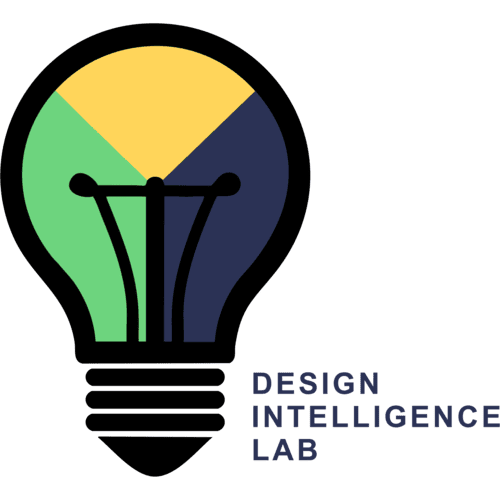Abstract
A primary goal of instruction is to prepare learners to transfer their knowledge and skills to new contexts, but how far this transfer goes is an open question. In the research reported here, we seek to explain a case of transfer through examining the processes by which a conceptual representation used to reason about complex systems was transferred from one natural system (an aquarium ecosystem) to another natural system (human cells and body systems). In this case study, a teacher was motivated to generalize her understanding of the Structure, Behaviour, and Function (SBF) conceptual representation to modify her classroom instruction and teaching materials for another system. This case of transfer was unexpected and required that we trace back through the video and artefacts collected over several years of this teacher enacting a technology-rich classroom unit organized around this conceptual representation. We provide evidence of transfer using three data sources: (1) artefacts that the teacher created (2) in-depth semi-structured interview data with the teacher about how her understanding of the representation changed over time and (3) video data over multiple years, covering units on the aquatic ecosystem and the new system that the teacher applied the SBF representation to, the cell and body. Borrowing from interactive ethnography, we traced backward from where the teacher showed transfer to understand how she got there. The use of the actor-oriented transfer and preparation for future learning perspectives provided lenses for understanding transfer. Results of this study suggest that identifying similarities under the lens of SBF and using it as a conceptual tool are some primary factors that may have supported transfer.
Conceptual Representations for Transfer: A Case Study Tracing Back and Looking Forward
